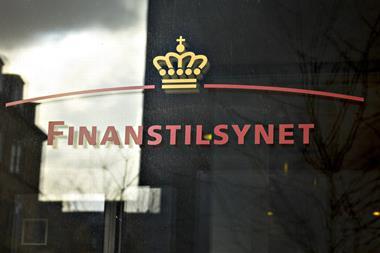Swiss pension funds are currently discussing future market scenarios under a low interest rate environment, making it difficult for schemes to achieve their target returns in the long term, said Stephan Skaanes, chief executive officer at consultancy PPCmetrics.
This year, the situation has fundamentally changed, as interest rates in Switzerland have fallen significantly at the “long end”, which is important for pension funds, Skaanes told IPE.
“The yield to maturity of 10-year Swiss bonds will be below 0.5% per year again in 2024. Pension funds are currently benefiting from rising investment markets, but the discussions are already about the future,” he added, hinting at a low interest rate comeback.
Instead, pension funds’ main concerns last year revolved mainly around challenges posed by inflation and how to compensate members in terms of pension payouts for higher prices, according to research by PPCmetrics of trends relating to pension funds included in the 2024 Pensionskassen-Jahrbuch (yearbook).
In 2023, Swiss pension schemes were also particularly concerned about funding ratios and interest rates applied on pension assets, according to the study looking at data on 334 pension funds covering total assets of around CHF866bn (€921bn).
Swiss schemes applied an interest rate on pension savings of 2.16%, on absolute returns averaging 5.45% in 2023. Swiss pension funds applied a total interest of 25.07% on assets saved by members over the last 10 years, according to the yearbook.
Falling interest rates in Switzerland and expectations of interest rate cuts globally have led to a positive investment market environment, it said. Swiss schemes returned approximately 6.7%, as of mid-September, and the average technical funding ratios stood at around 116.5%, according to PPCmetrics’ Pension Ticker.
“This means that, on average, pension funds in Switzerland are in a very solid position. However, the long-term perspective can only be seen in the economic funding ratio,” taking into account current risk-free market interest rates, and vested benefits, Skaanes said.
This year, the estimated economic funding ratio of Swiss schemes is already around 2% below the technical funding ratio, a “gap” opening up again compared with last year, he added.
“Therefore, [Swiss] pension funds will have to decide how much of the positive return they will credit to active members this year, and how much they want to keep in the pension fund to strengthen their financial situation in view of a potential low interest rate scenario,” Skaanes explained.
The latest digital edition of IPE’s magazine is now available





































No comments yet